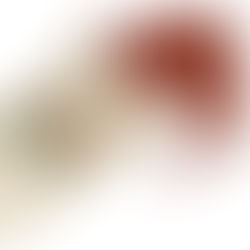

Coastal 'Fleas' and 'Roaches'
If you turn over a mass of cordgrass stems washed up on the beach, bunches of flea-sized bugs will start hopping madly about. Poke around...


Periwinkle Snails
The white shells of the marsh periwinkle snail, Littoraria irrorata, are hard to miss on marsh sediments in winter and on the stems of...


Oysters: Food and Fortress
The most abundant bivalve in southern estuaries is the American, or eastern, oyster, Crassostrea virginica. Its gray shell is easily...


Sea Anemones
Sea anemones, like the one pictured above in a tide pool on the Oregon coast, at first glance seem like flowers from an alien world. The...


Sticking to It: Barnacles
Although barnacles live in shells made of calcium carbonate plates stuck to docks, boat bottoms, and other hard surfaces, they are in...


Water Babies
A 19th century children's book: 'The Water-Babies, A Fairy Tale for a Land Baby,' written by the Reverend Charles Kingsley, was popular...


Soft Corals
Corals, related to jellyfish, are soft, tubular polyps with a crown of tentacles used to grab plankton from the water. The most familiar...


Jellyfish Ocean
Jellyfish are abundant along the Georgia coast. These pulsing bells are among the most primitive animals on earth. Their simple nervous...


A Pistol-Packing Shrimp
When the tide is out, a staccato of sharp pops resounds from creek beds and pools backed up behind oyster reef dams in the marsh creeks....


The Curious Case of the Comatose Crabs
Blue crabs are the basis of an iconic, and important, fishery along the U.S. Atlantic Coast. Georgia fishermen typically land hundreds of...































